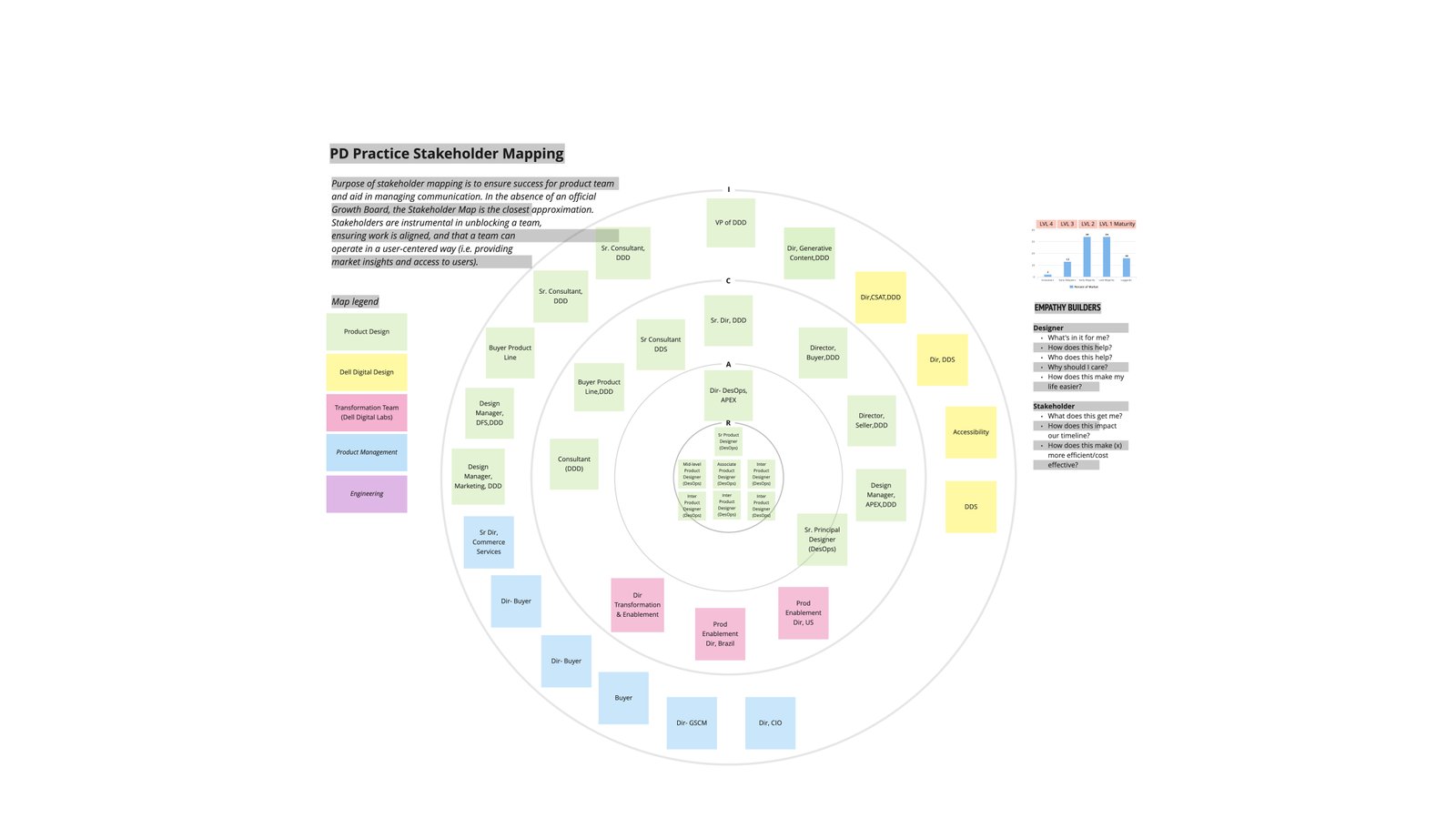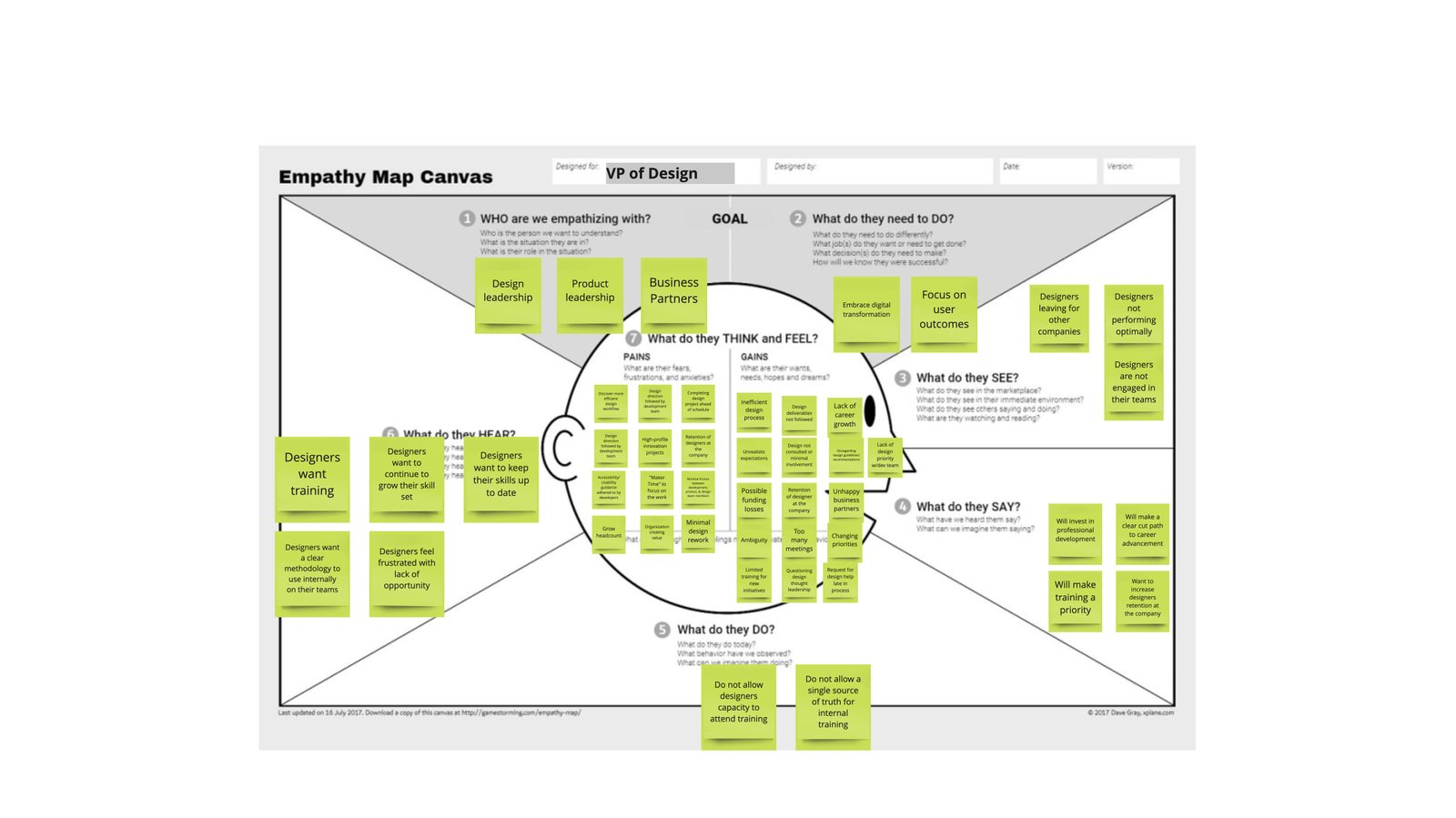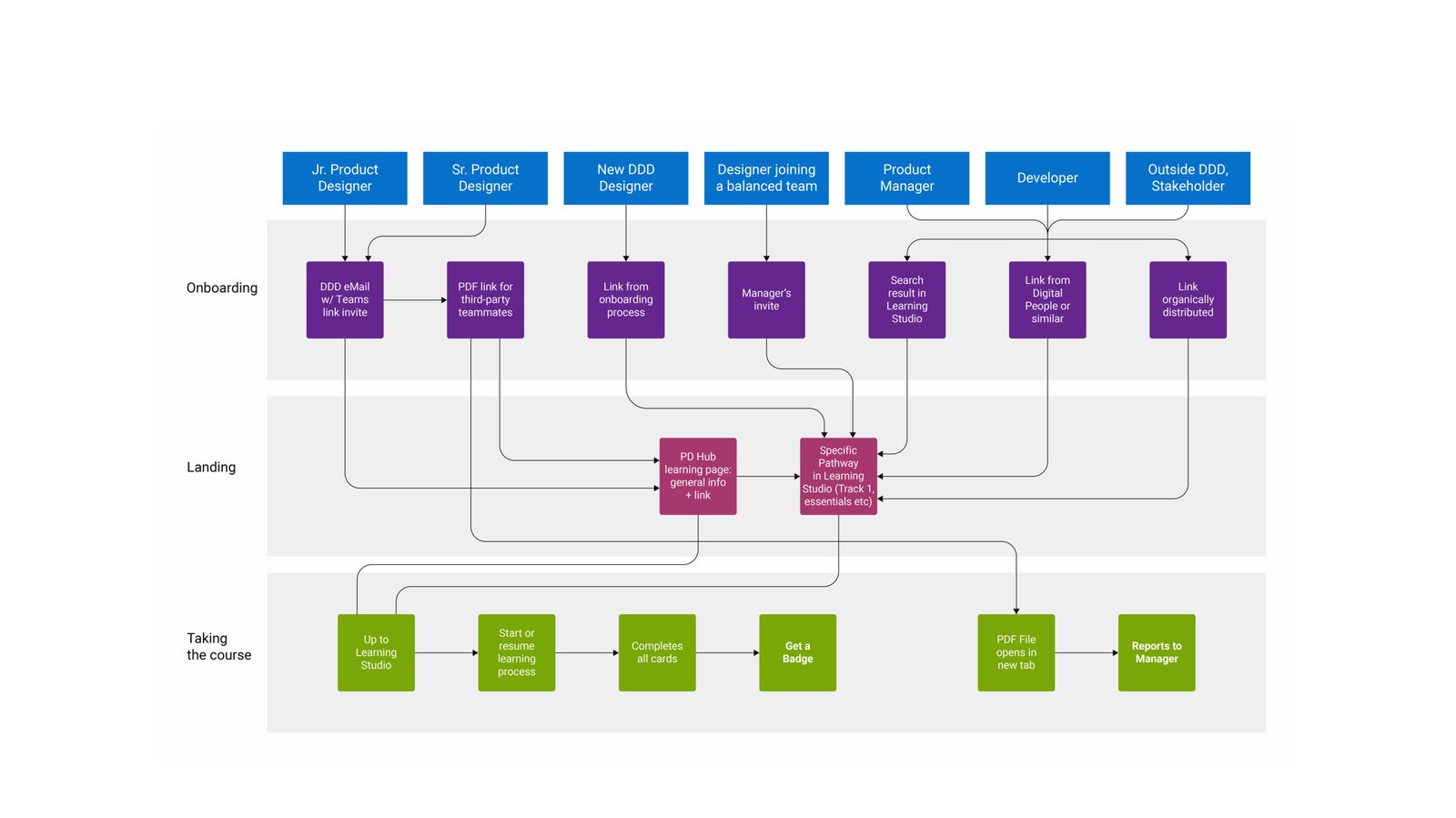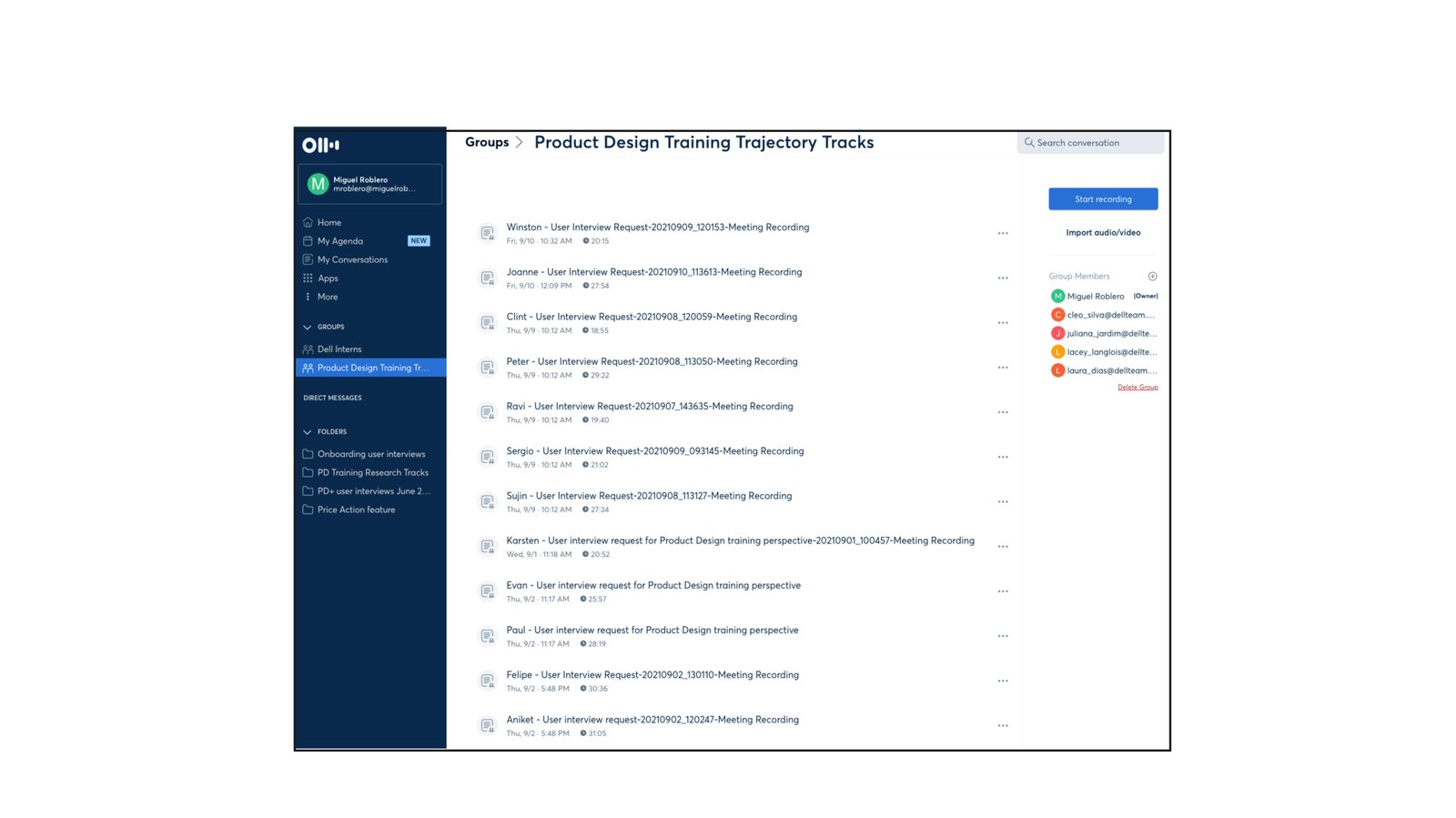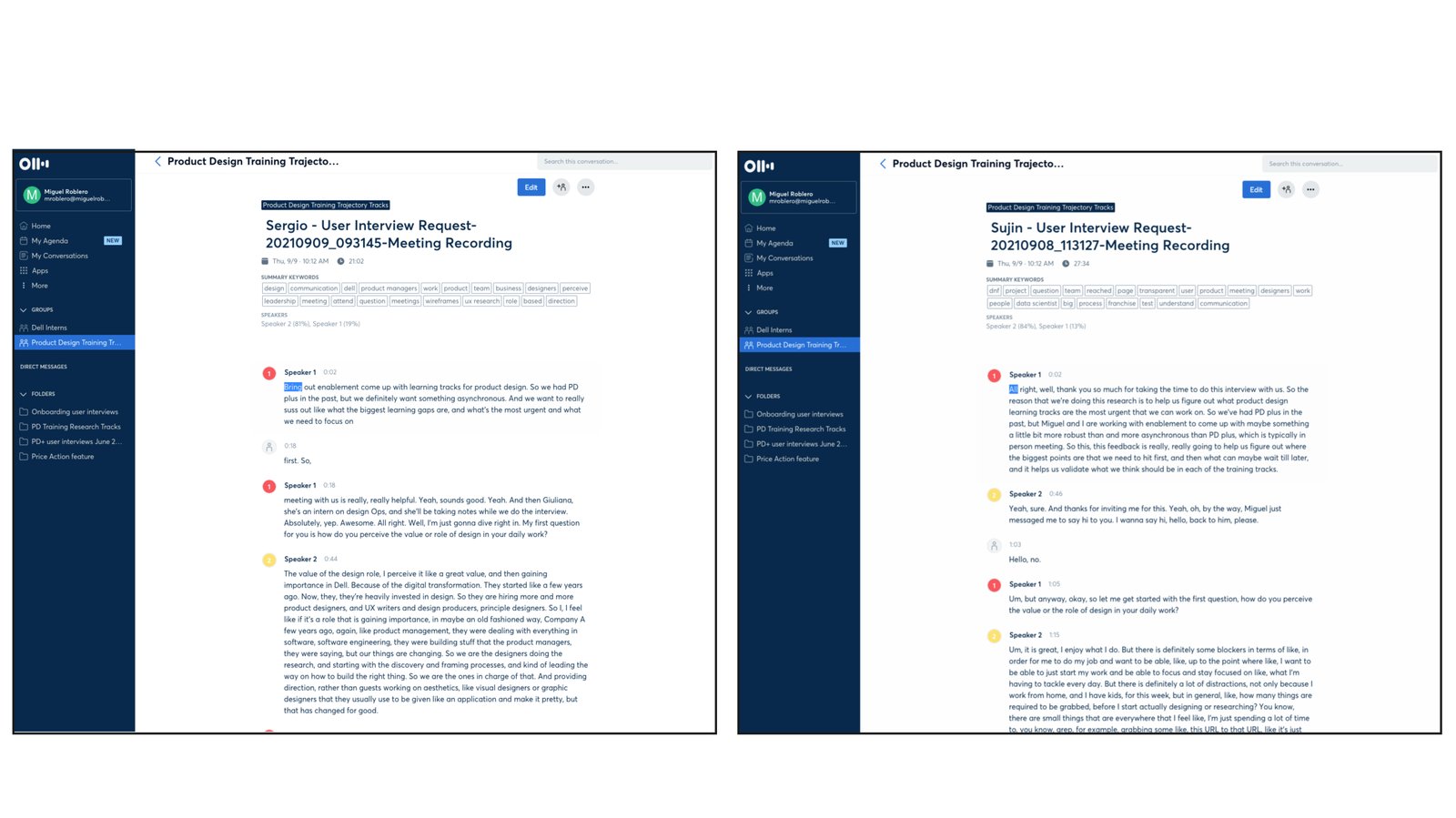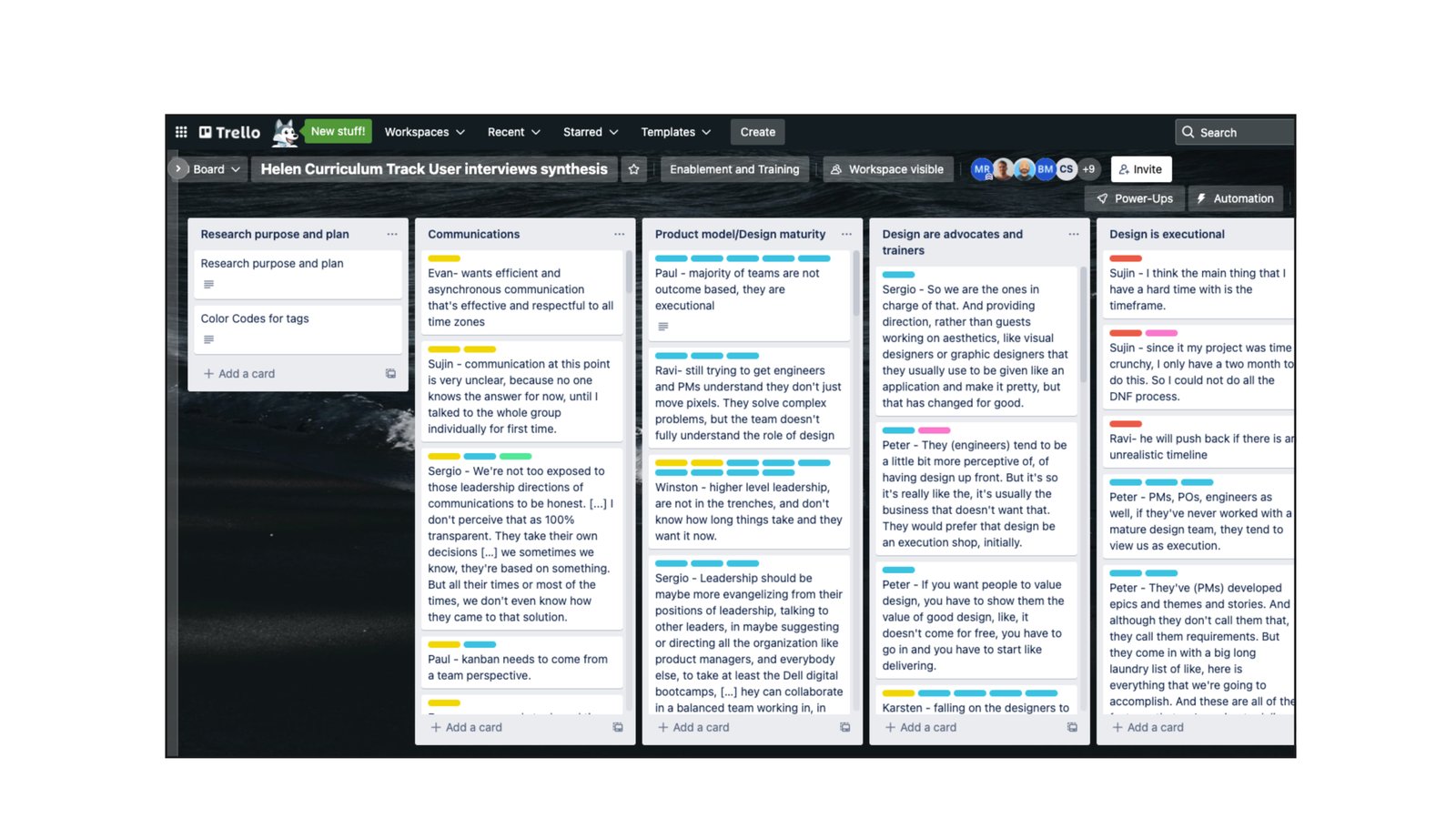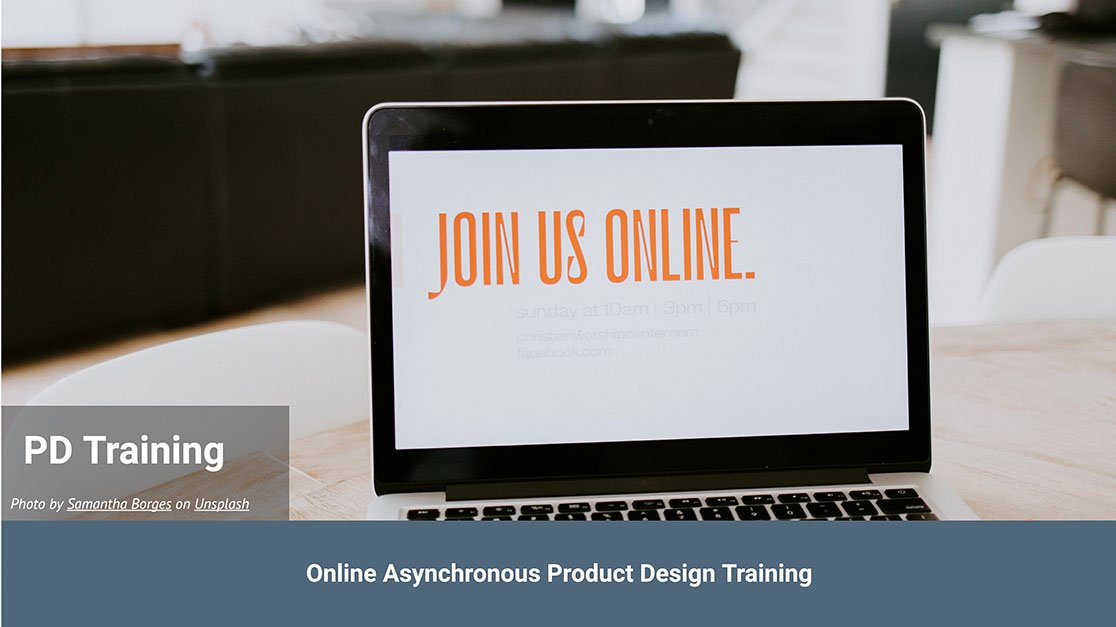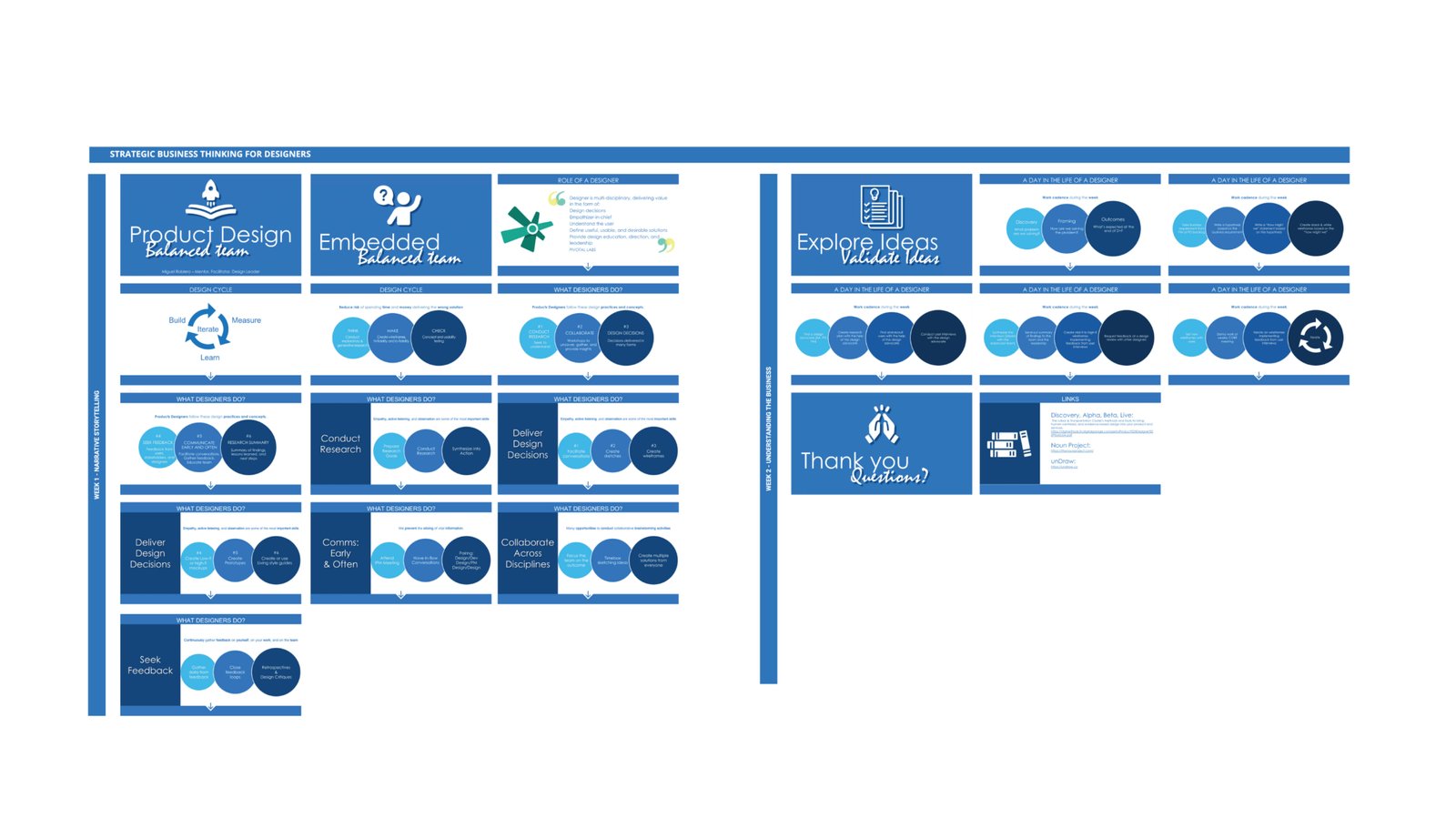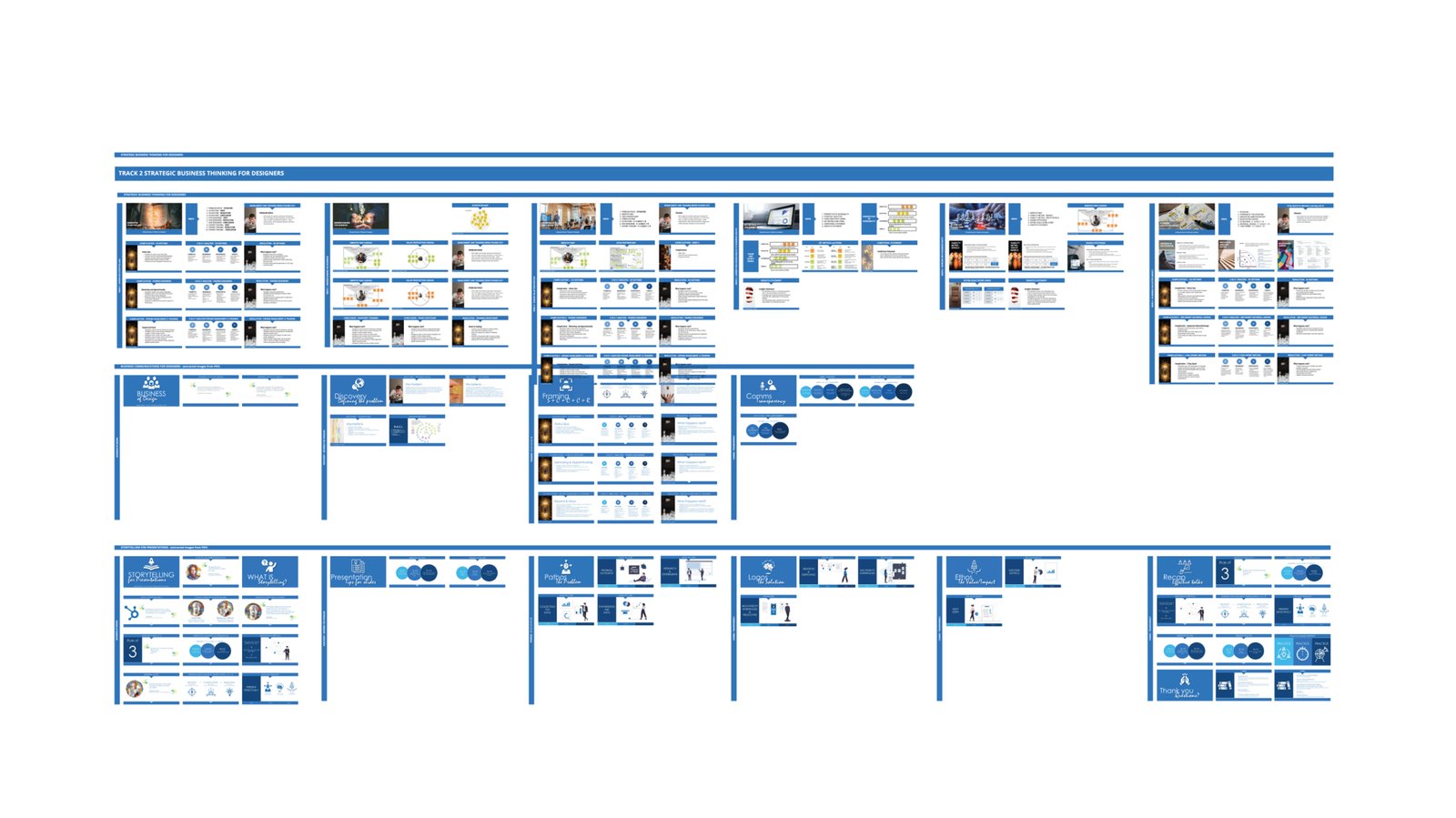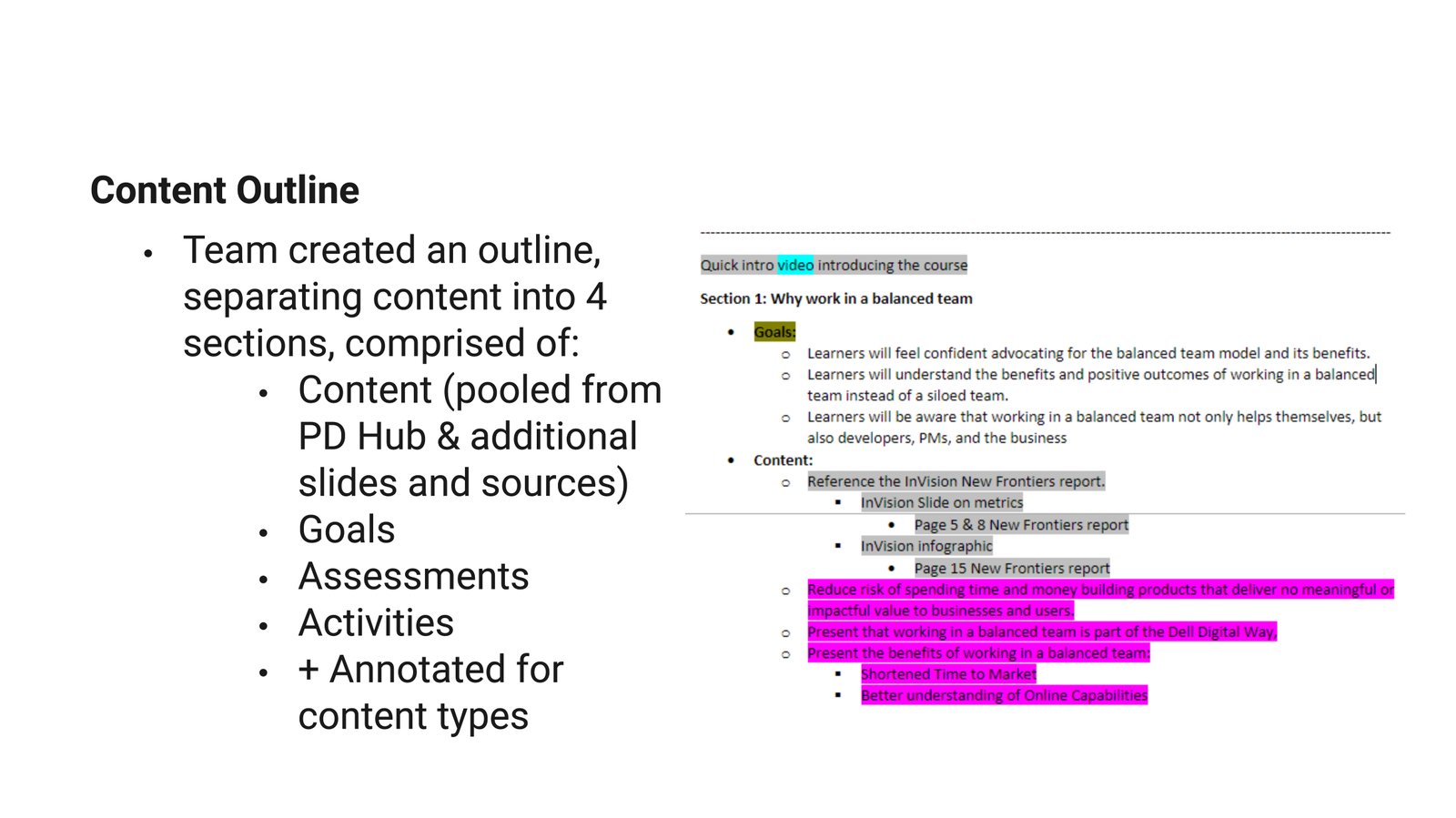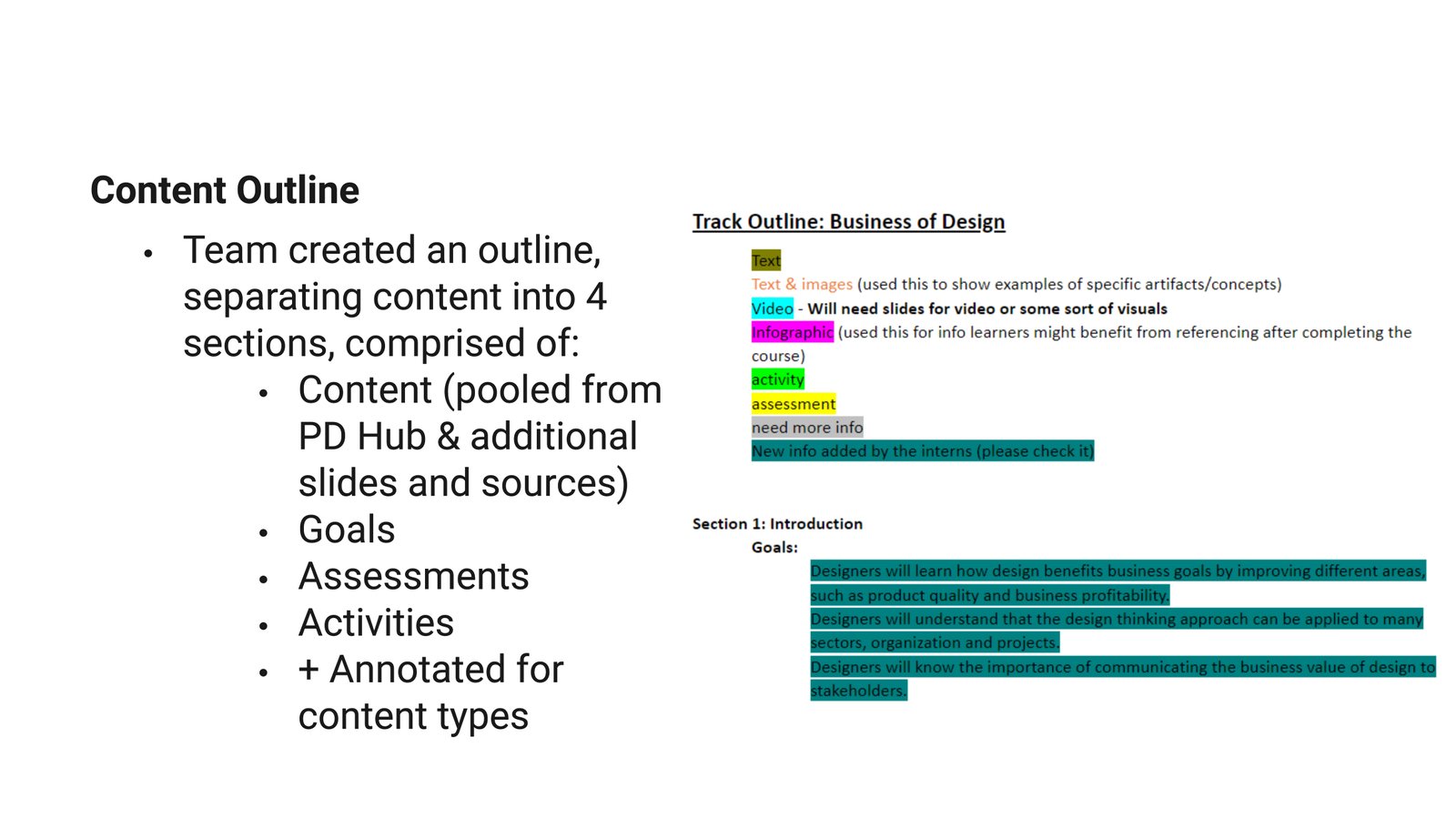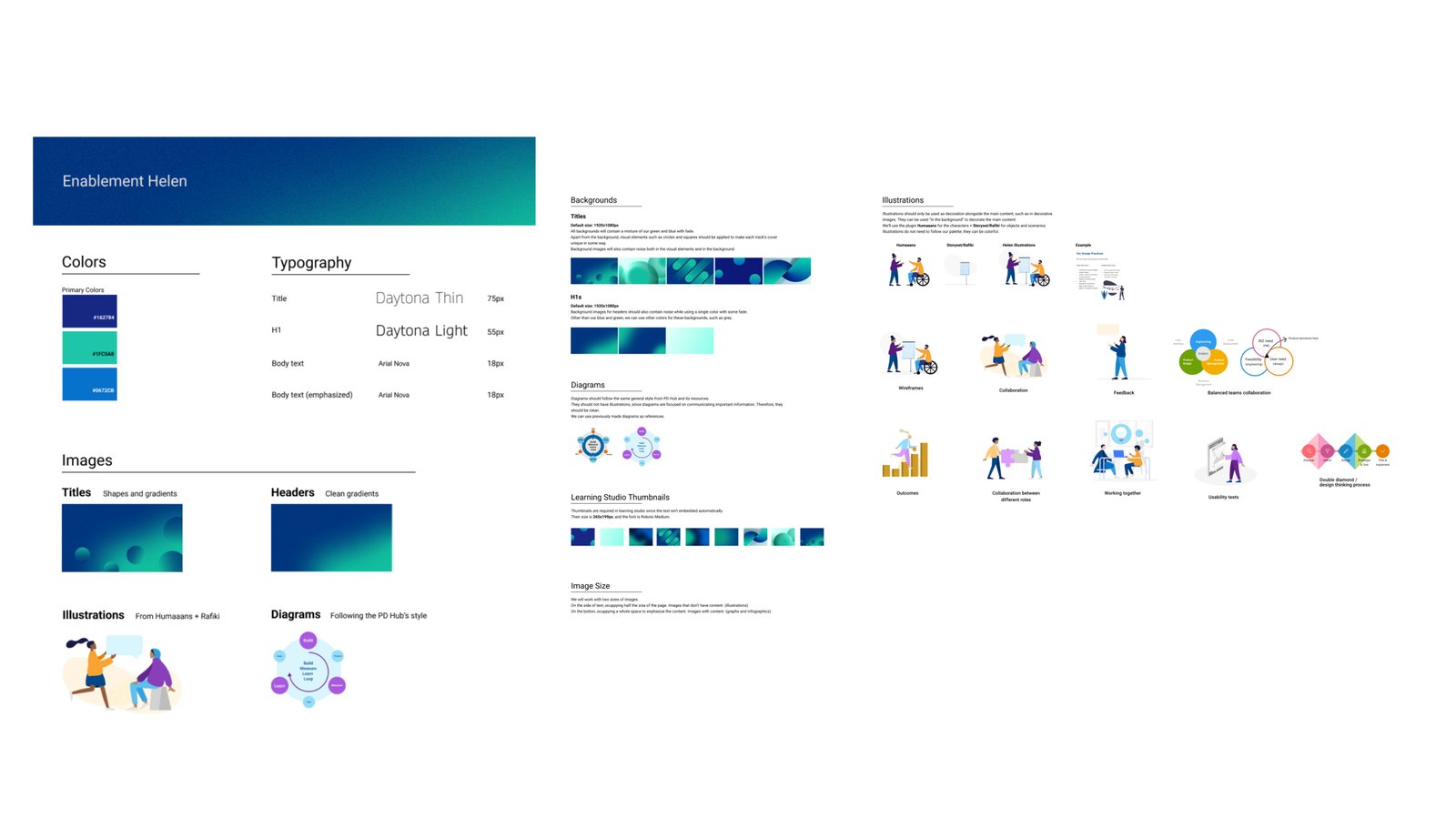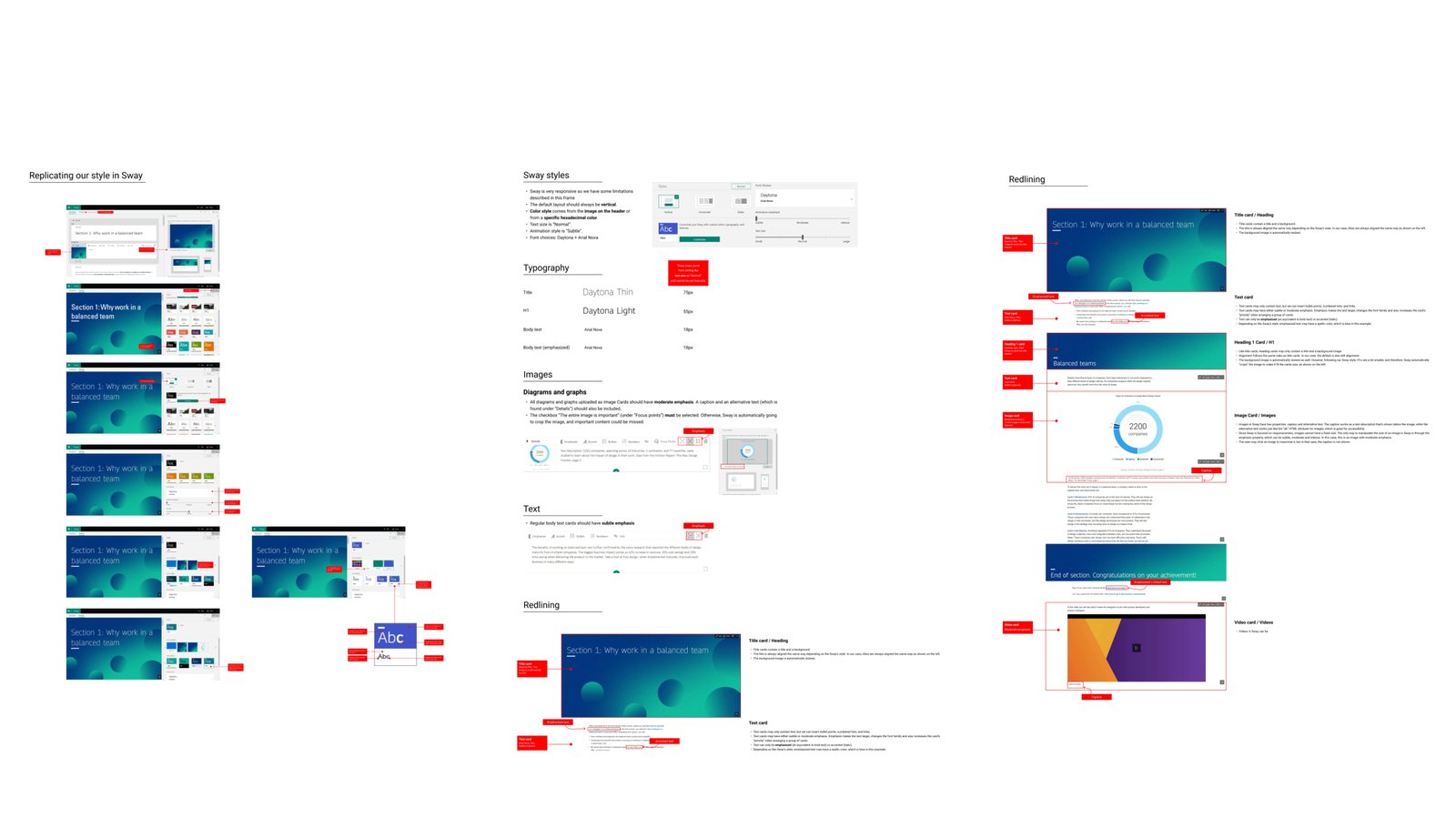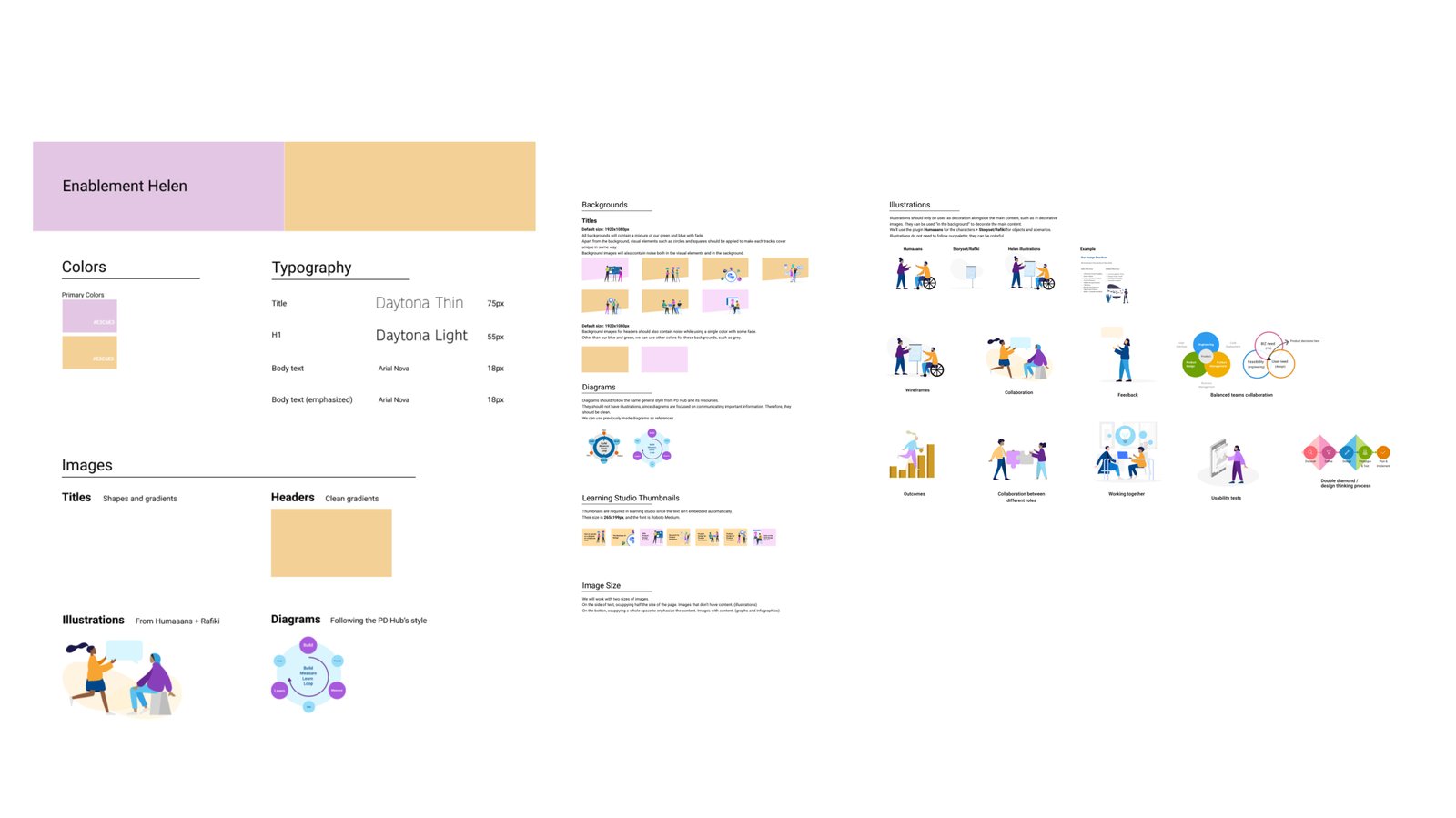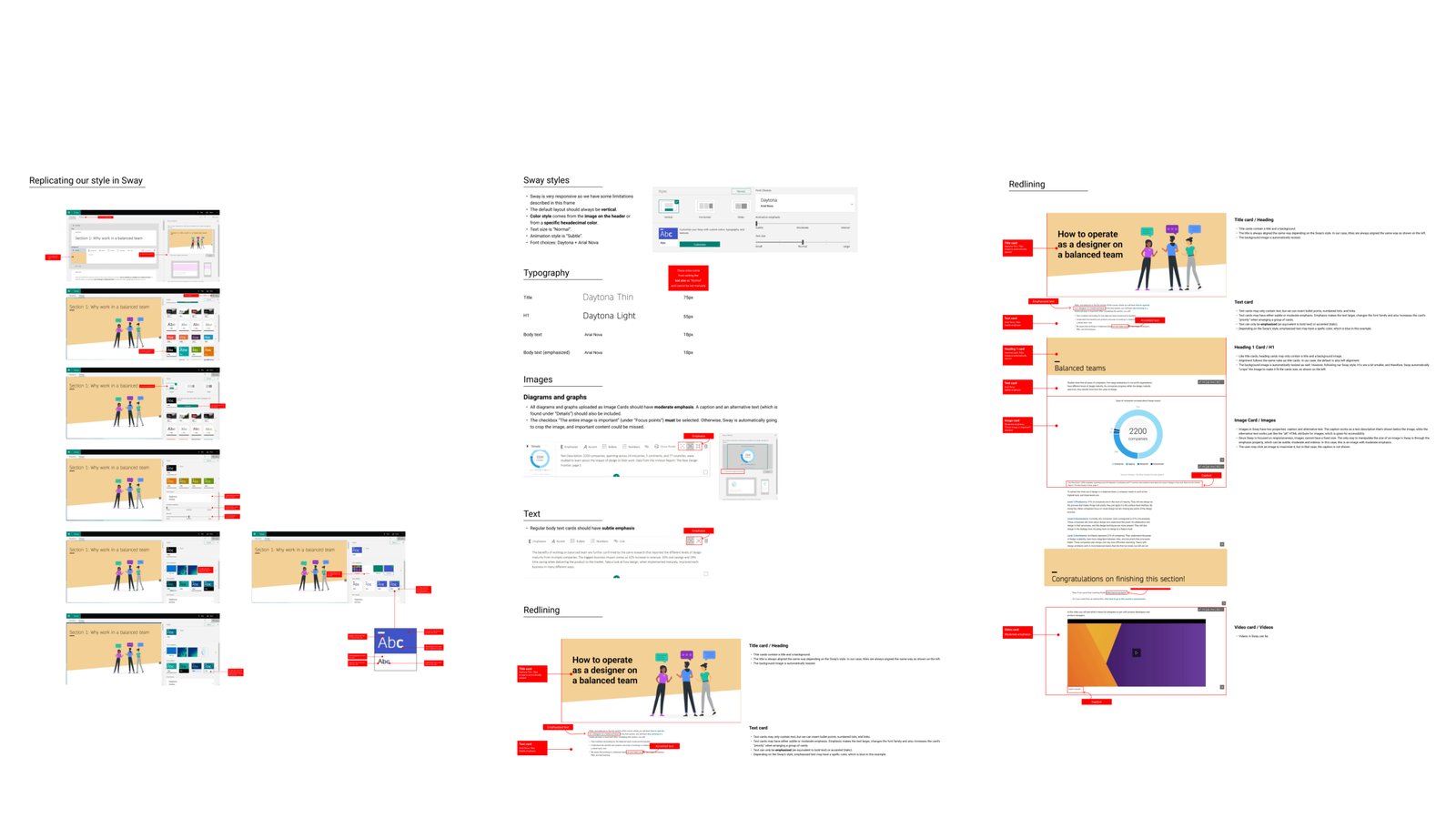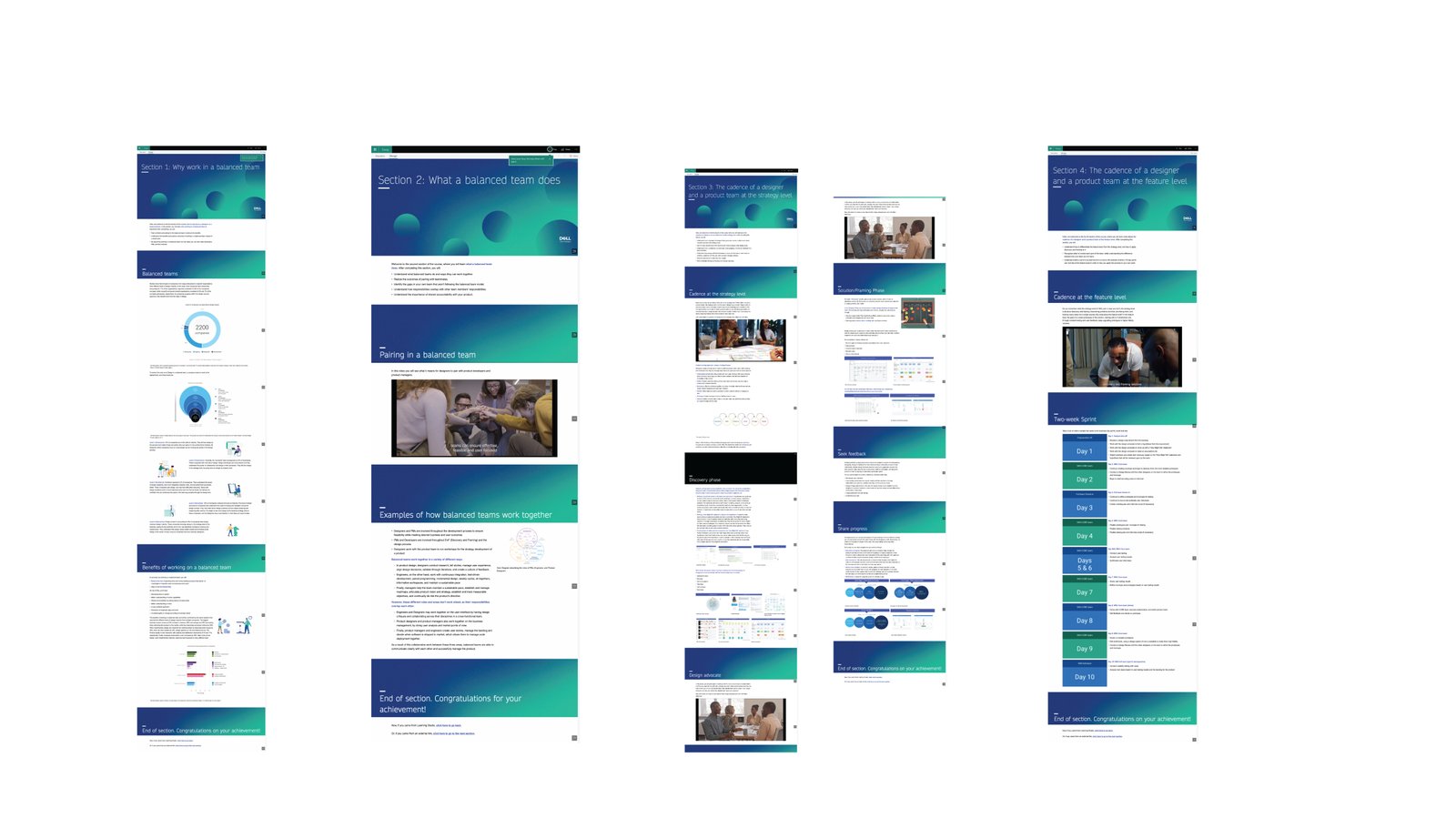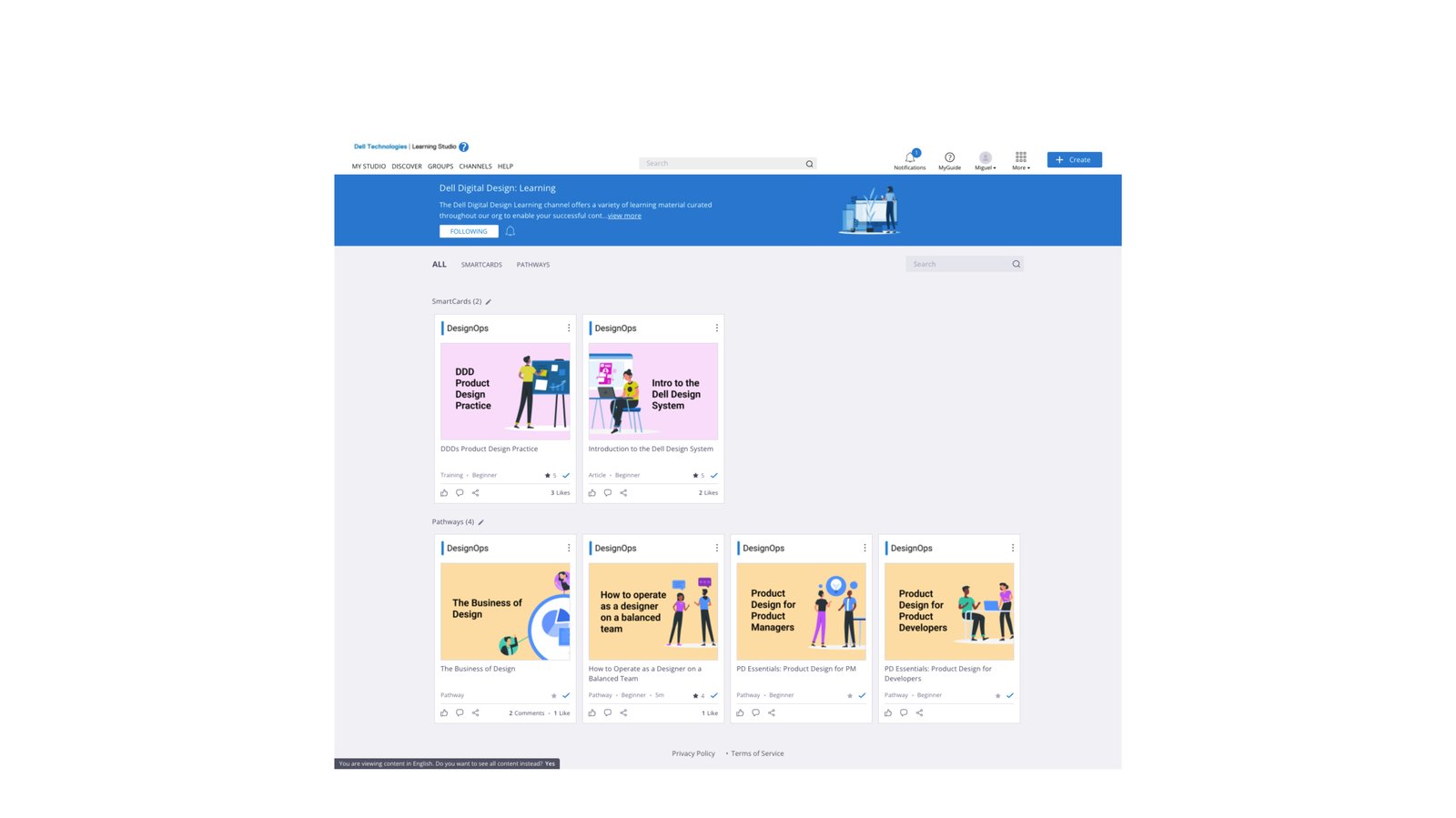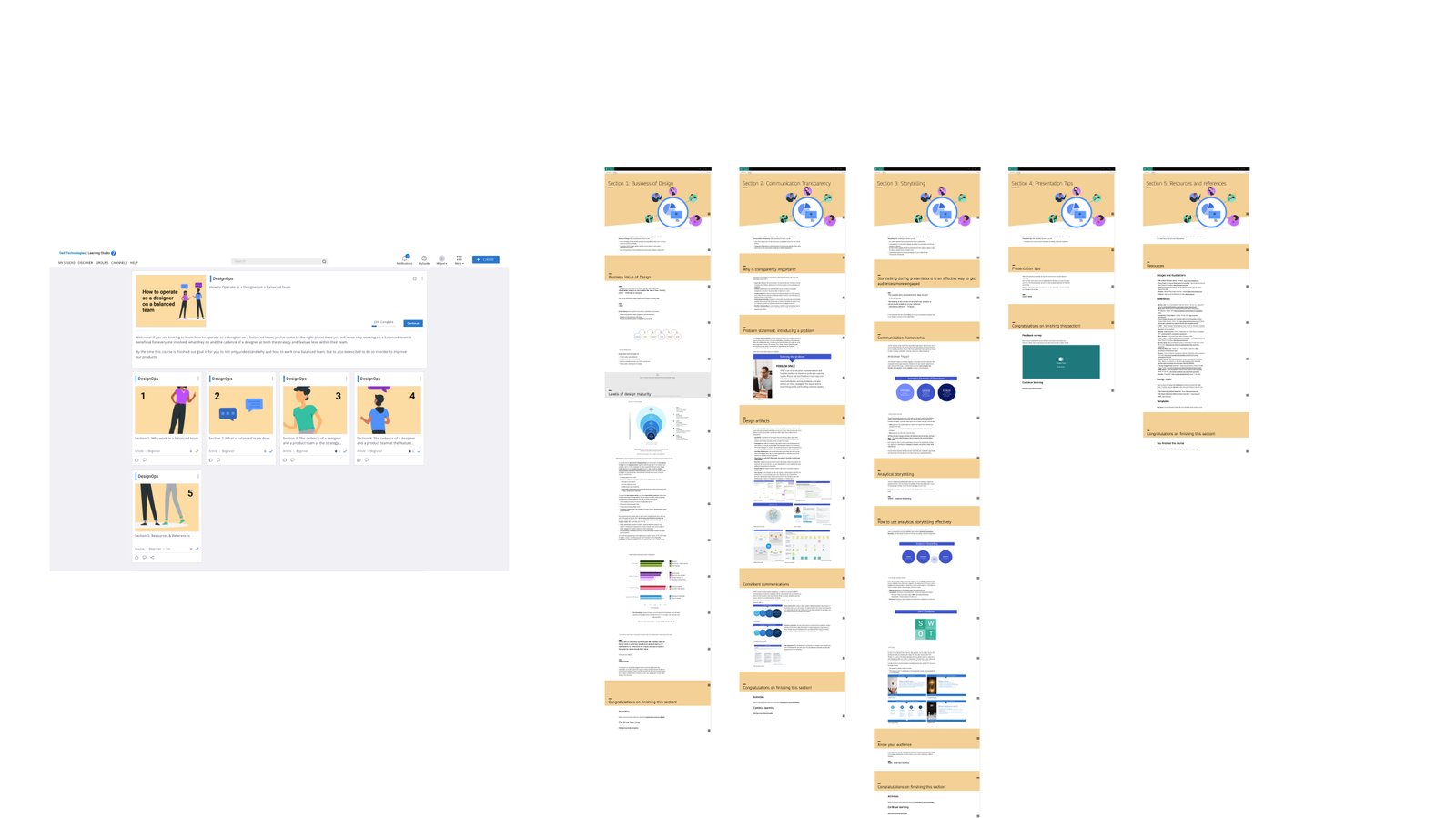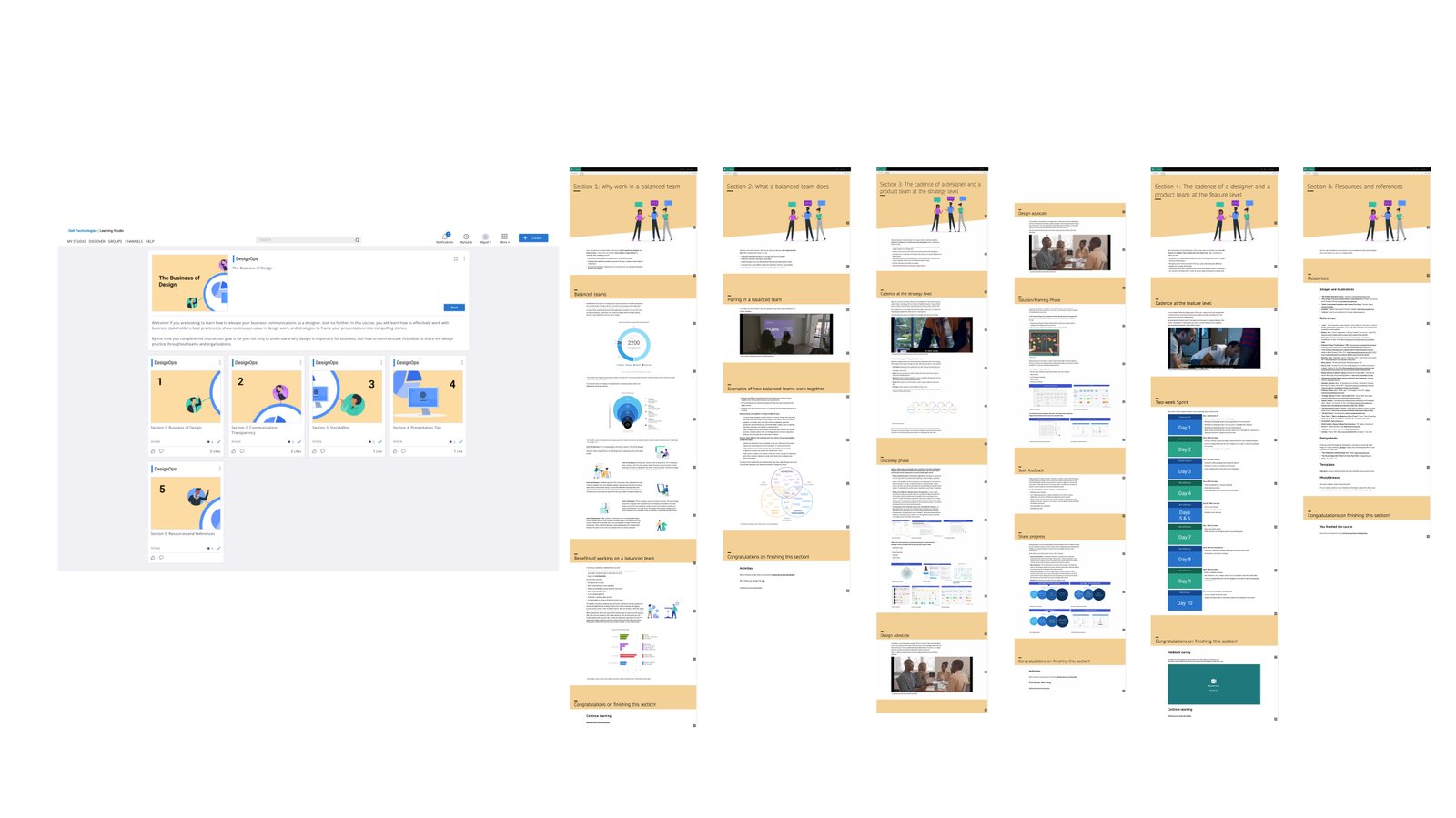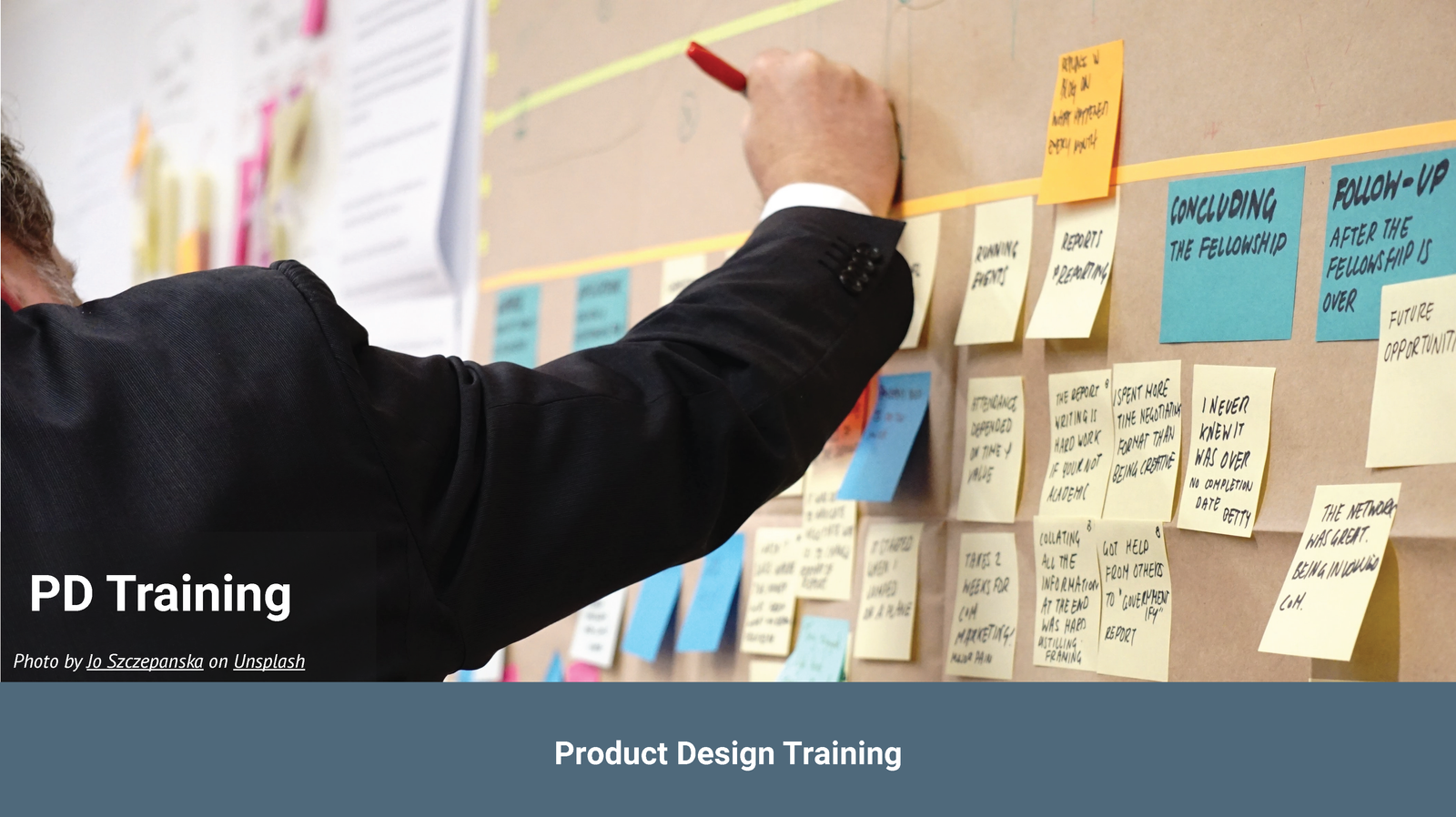
Problem
TThe design organization is having trouble recruiting, training, empowering, and retaining design talent. As a result, the different product lines that are supported by the design organization can suffer from a drop in production, slower time to market, loss of budget, and potential outsourcing of internal contracts.
Solution
- Online asynchronous product design training total 6 courses
- 4 courses for designers backed by data
- 1 course for product managers
- 1 course for developers
- 1 course as an intro to the design system
Impact
- Product design fundamentals completion course rate of 23.61% by Digital Experience organization
- Balanced team Embedded designer completion course rate of 51.94% by Digital Experience organization
- Business thinking for designer's completioncourse rate of 23.61% by Digital Experience organization
- Product design for product managers completion course rate of 18.88% by Digital Experience organization
- Product design for developer's completion course rate of 12.77% by Digital Experience organization
- Intro to the design system completion course rate of 11.38% by Digital Experience organization
6 out of 7 courses have launched and have been taken as of 2/28/2022
Constraints
Design System not completely designed or coded, so we had to create an MVP look and feel design system as a stop gap measure for the initial launch, but could be rolled into the future iteration of the new design system to speed up production and time to market.
The product team was in the initial stages of digital transformation, and as a design team, we had to help build to move them along that journey while proving value.

